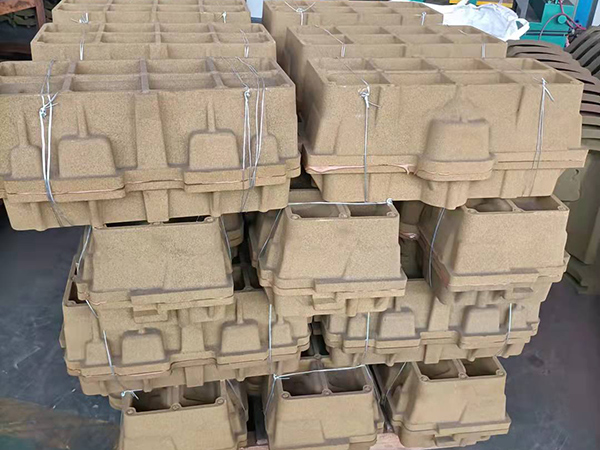The Future of Sanding Machines 3D Printing Revolution
In the ever-evolving landscape of manufacturing and craftsmanship, the emergence of 3D printing technology has revolutionized various industries. Among the myriad applications of this innovative technology, the realm of sanding machines stands out as a significant beneficiary. The integration of 3D printing into the design and production of sanding machines has opened new avenues for efficiency, customization, and sustainability.
Traditionally, sanding machines have been crucial in the woodworking and manufacturing industries for creating smooth surfaces and finishing products. These machines typically involve complex designs and numerous components that require precision engineering. However, with the advent of 3D printing, the entire paradigm of creating sanding machines is undergoing a dramatic transformation.
The Future of Sanding Machines 3D Printing Revolution
Moreover, customization becomes a pivotal benefit when employing 3D printing technology in sanding machines. Each workshop or production facility has unique requirements based on the materials they work with and the desired finishes. With traditional manufacturing, creating custom components can be time-consuming and costly. However, 3D printing offers an agile solution, enabling manufacturers to quickly prototype and produce custom parts tailored to specific needs. Whether it’s a unique sanding pad design or specific mounting features, 3D printing allows for rapid iteration and adaptation.
sanding machine 3d print

In addition to enhancing efficiency and customization, the sustainability aspect of 3D printing further solidifies its role in the future of sanding machines. Traditional manufacturing processes often involve substantial waste, as materials are cut and shaped to fit designs, leaving behind scrap. Conversely, 3D printing utilizes an additive process, meaning materials are added layer by layer, significantly reducing waste. Moreover, the ability to utilize recycled materials in 3D printing can lead to more environmentally friendly practices in the production of sanding machines.
As the technology continues to advance, we can expect the integration of intelligent systems within 3D-printed sanding machines. Incorporating sensors and automation could refine the sanding process, enabling machines to adjust their functions based on the material being processed and the desired finish. This level of adaptability could further enhance efficiency and minimize human error, producing superior results in less time.
The future of sanding machines, greatly influenced by 3D printing technology, represents a fusion of innovation, efficiency, and sustainability. As more manufacturers recognize the benefits of integrating this technology into their processes, we can anticipate a new generation of sanding machines that not only meet but exceed the current standards of performance and customization.
In conclusion, the impact of 3D printing on sanding machines cannot be overstated. It is set to redefine how these essential tools are designed, produced, and operated within the industry. As we look forward to this exciting evolution, craftsmen and manufacturers alike can embrace the promise of enhanced productivity, reduced waste, and tailored solutions that 3D printing brings to the table. The future is indeed bright for sanding machines, and innovation will undoubtedly lead the way.
Post time:نوفمبر . 15, 2024 02:16
Next:sand resin
